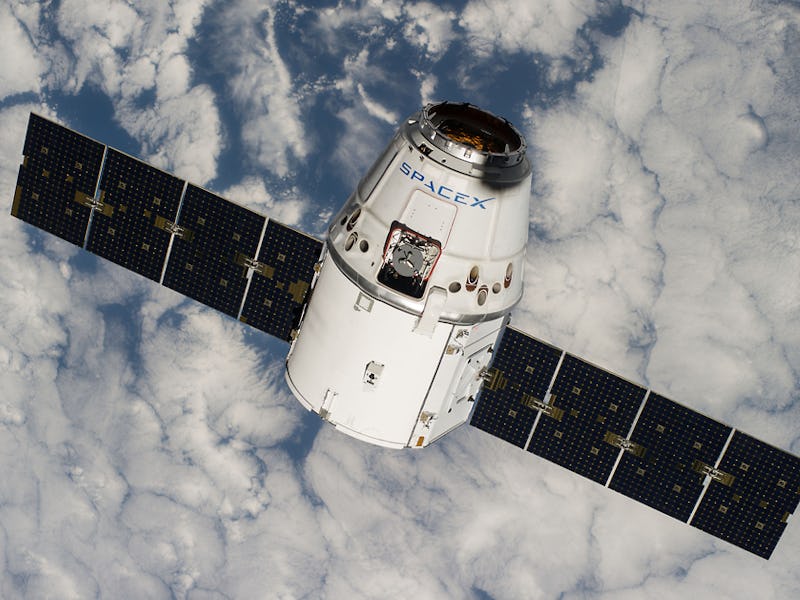SpaceX is expanding its operations in the Seattle area with a large new research and development facility. This office is just a short drive from another one of SpaceX’s facilities in Redmond, Washington, but it also happens to be less than 30 miles away from the headquarters of Blue Origin, Amazon founder Jeff Bezos’s space flight company. By ramping up its operations in such close proximity to Blue Origin, SpaceX reemphasizes the competition between the two companies.
SpaceX’s new location, which is also in Redmond, is currently undergoing a $2.1 million interior remodeling, according to a permit application filed with King County. And while the purpose of the new facility is open to speculation, Alan Boyle reports for GeekWire that the facility will likely house research and development operations for SpaceX’s ambitious satellite internet project.
This project will comprise 4,425 satellites, according to a Federal Communications Commission permit SpaceX filed in November 2016. The company plans to use the profits from this satellite internet constellation to fund future missions to Mars.
Bezos, by contrast, has publicly stated that, while Blue Origin will carry satellites into space, it will not make satellites. And even though the two private spaceflight companies aren’t competing in the satellite business, they are racing to take humans to space. Blue Origin successfully tested its in-flight crew escape system in October 2016, and SpaceX plans to use its Crew Dragon capsule to carry astronauts into space in the very near future.
So what does this new SpaceX facility mean for the competition between the two companies? The job listings SpaceX has posted for Redmond, Washington, which include satellite development positions, strongly suggest that this particular facility will be involved with the company’s ambitious satellite internet constellation. And while that does not represent a direct threat to Blue Origin, the financial implications for SpaceX are significant since this project could bring the company that much closer to making crewed missions a reality.
